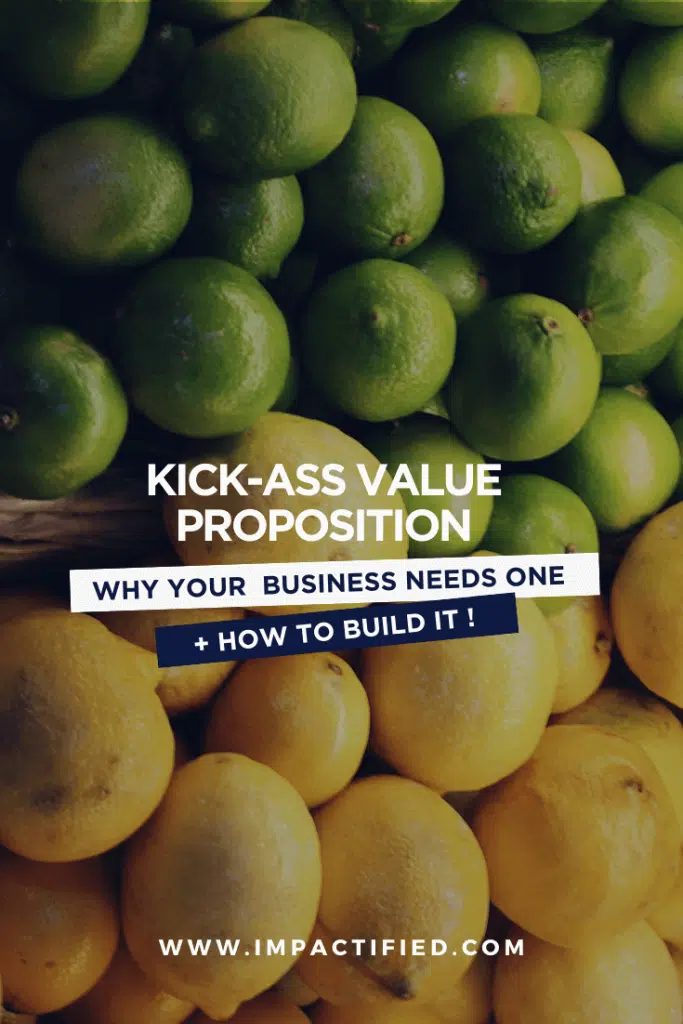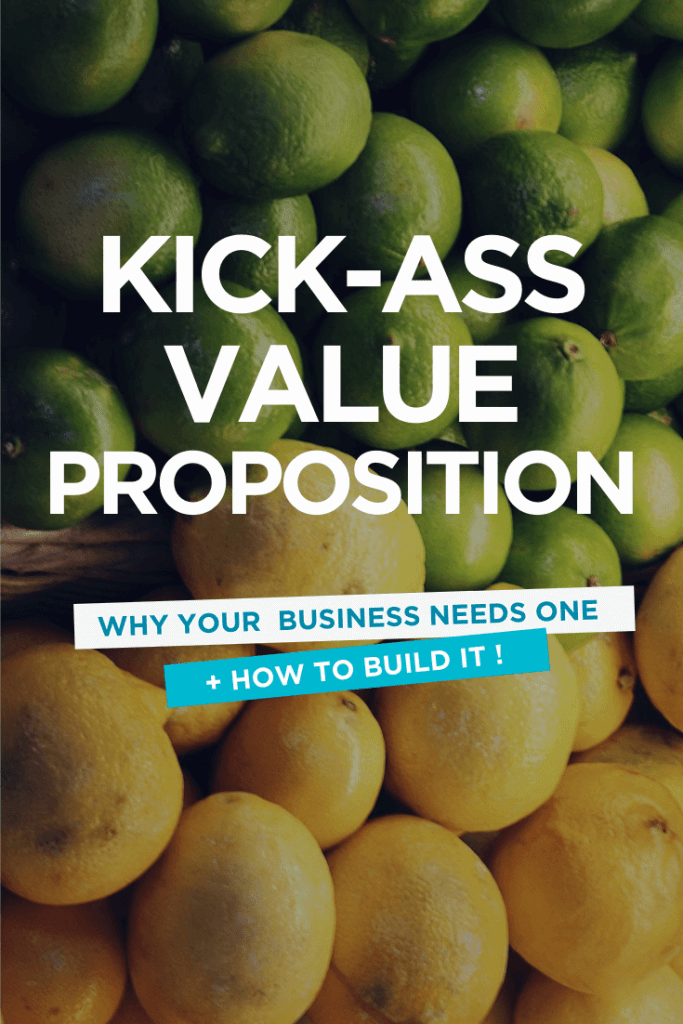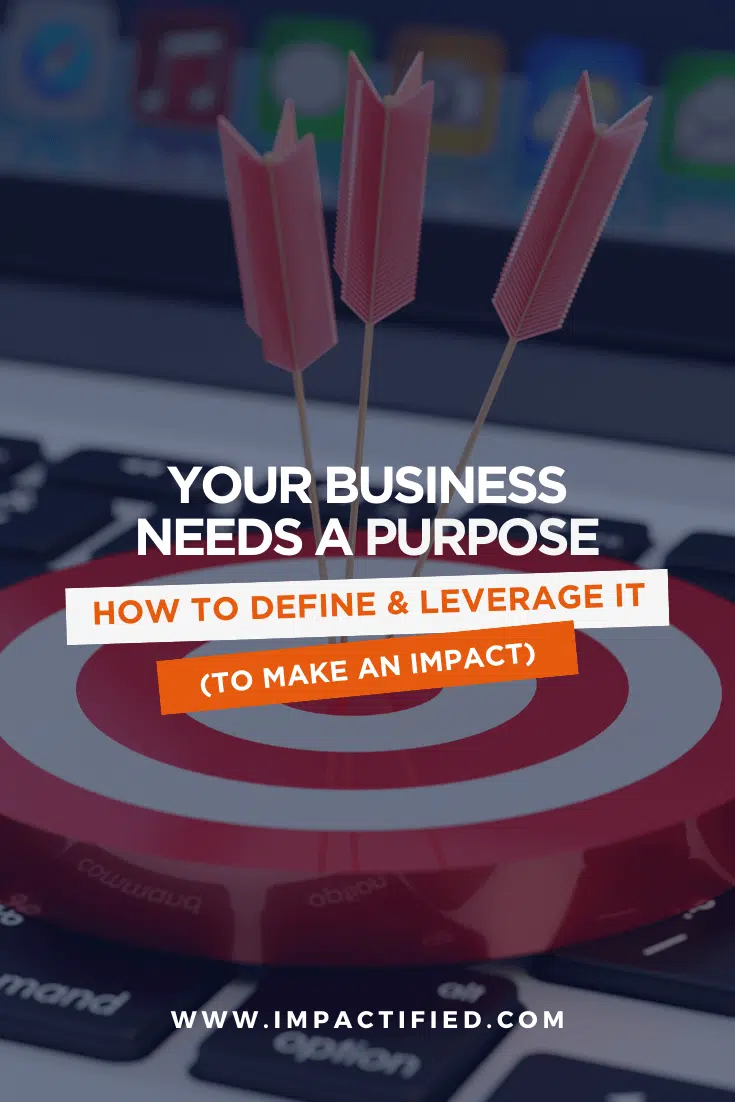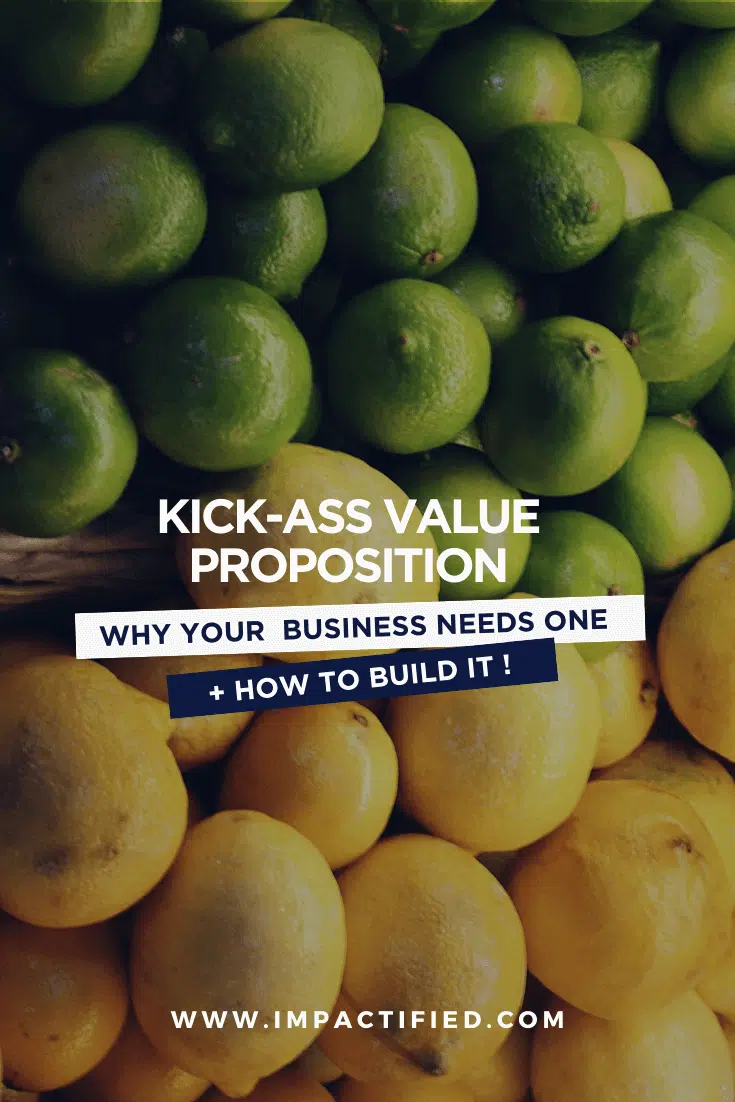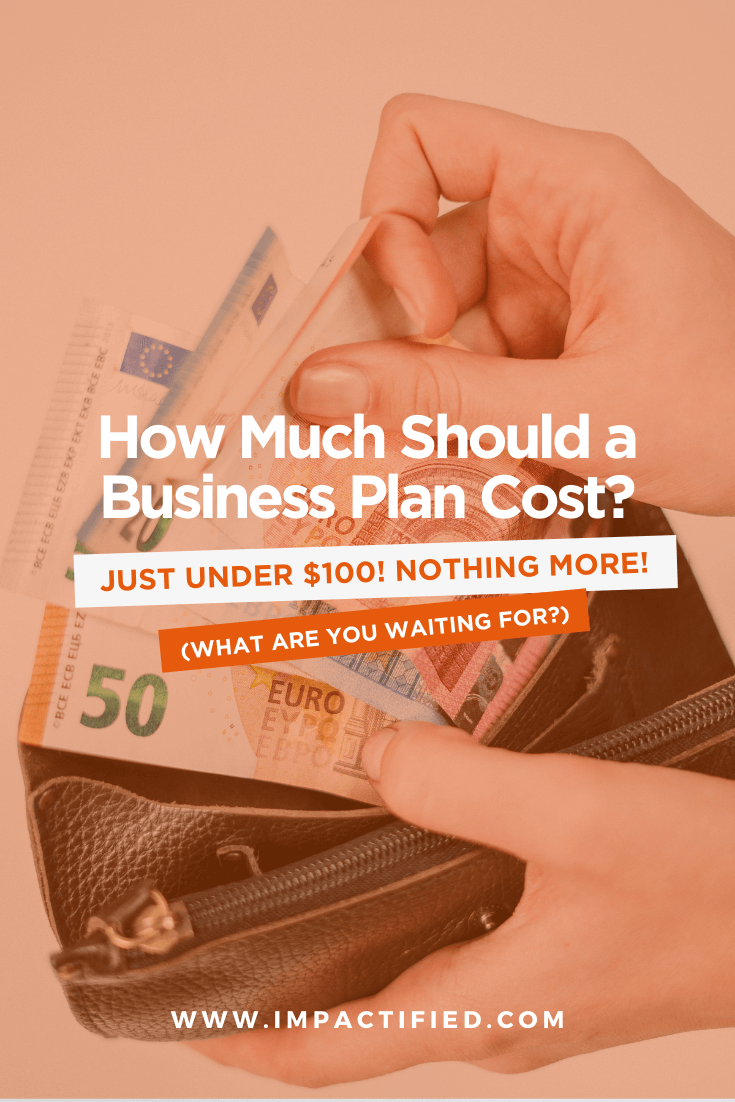The term ‘value proposition’ is somewhat obscure and difficult to grasp for many entrepreneurs, but having a strong value proposition is extremely important for your business. In a world where more and more businesses compete with each other, a well-defined value proposition acts as a clarifying narrative that can help with selling your service or product without having to embark on the usual cold selling game.
Sounds magic, right? Yet, in reality, many people have no idea about what a value proposition actually is. You would be surprised to see how many executives, entrepreneurs and independent business owners struggle with the question when we ask…
Now, does that mean that these guys have no value to offer to their clients? No, of course. Still the absence of a clear answer and narrative often sends two signals to a seasoned interlocutor.
First, no clear value proposition can be interpreted as a lack of clarity and vision – which means less business for your business. After all, if you (as a business owner) are incapable of formulating your own value proposition in extremely simple words, why should anyone trust you with their money and interests?
Second, and that is perhaps more preoccupying, no clear value proposition suggests that your strategy is missing something important. Perhaps you haven’t taken the time to clearly define who your client is. Perhaps you haven’t thought about their wants and needs in precise terms? Perhaps, perhaps, perhaps…
So, what exactly is a value proposition? Why should you spend some time building one? And how to do just that? Keep reading…
What is a value proposition?
Let’s kick the definition question out of the way. In essence, a value proposition is a brief and carefully formulated articulation of what you do (as a business or as a person) and of the value that your solution provides to others.
When we say ‘articulation of what you do’, we don’t mean that a value proposition is about merely describing what you do, however. That would be descriptive at most, and often very technical.
No, the absolute keyword here really is ‘value’.
For instance? Well. How many times have you heard people introducing themselves saying “I’m a designer”, or “I’m a lawyer”, or “I work for a recruitment company”?
These descriptions of people’s activities are accurate, that’s for sure. But what do they actually tell you about the actual value that is being produced and delivered to the client? Not much. Who is the actual client, by the way? What problem does the client have? What do they want? What do they need?
“I am” vs “I create this type of value”
In short, a good value proposition helps shifting from describing who you are to telling your prospects and clients what value your solution provides and how you solve that nasty problem they don’t manage to solve.
For instance, as business coaching professionals, we could introduce ourselves as a coaching Group, but doing that would be all about hoping that the persons we talk to will be interested enough to ask what precisely we do and how we help people. So, we have thought about our offering, about our clients, about their needs… and we have looked for a way to articulate the value generated by our solutions into one, easy to remember, sentence: Business Strategy Coaching, Easy as 1, 2, 3!
The designer example.
In a similar way, a designer client of ours came to us with their new branding tag line: “discover, define, design”. When we asked about the meaning behind this tagline, they replied that from an operational perspective their job was to discover the clients’ expectations, define their visual identity, and design something out of it.
The tagline made sense. No doubt about that. But did it articulate a value proposition? Not really. Why? Because this tagline was, well, a cold, operational description of their work.
It didn’t suggest the value provided to the client in clear terms, and it didn’t set them apart from the competition. The reason for this was simple: discovering, defining and designing are technical tasks, which suggested that their value proposition was strictly technical, and therefore limited.
So we came up with an alternative suggestion. Essentially, the value designers provide depends on whether or not the delivery of the product creates a wow! moment for the client. That wow! moment is important because it creates an emotional click which triggers both happiness and a sense of immense value for the client.
Accordingly, we turned the initial proposition around. Discover was too technical, so we proposed to use the term ‘reveal’ instead, and we put it in the end. Ultimately, the value proposition turned from “discover, define, design” to “define, design, reveal”, which means that the focus is now on providing technical expertise first, on producing design next (that’s the deliverable) and on creating visual revelations for their clients. Can you see what difference that makes?
Why you should spend some time articulating your value proposition.
Oftentimes, we talk to entrepreneurs who tell us that a value proposition – like a vision and like a mission – is a loss of time. They have a business to run and their priority is on doing just that.
Of course, we understand, That makes sense, right? Yet, our job as business strategists is to push and challenge entrepreneurs so we keep going, and sooner or later the clicking moment happens.
So if you are still wondering why you should spend some time on defining your value proposition, here is a couple of reasons.
You are not just a designer.
One – No, you are not just a [designer, lawyer, researcher, accountant…], and no, your business is not merely to be a technical operations company. Articulating your value proposition will give you an opportunity to focus on the value your deliver as a result of your technical work. What you provide is value, so keep the technical for yourself, and use the value to communicate.
You can charge more.
Two – value is money. Remember what we said earlier when discussing the case of our designer client? Their initial tagline focused on discovering, defining and designing was purely technical. What that meant was easy: the perceived value provided was technical and therefore purely a matter of man-hour. And man-hour always seems to expensive.
By contrast, refocusing on some technical (definition), some deliverable (designs) and some wow! (reveal) made a difference. How do you put a price tag on revelation? Difficult, uh? Well, that’s the point.
You gain an opportunity to build an emotional tie with your interlocutor.
Three – having a clear value proposition helps with putting your value add directly in front of people, which means that you don’t need to try and explain / justify / hard sell what you do to people. Instead, you can focus on storytelling.
By emphasizing that a designer “reveals” instead of “discovering”, we for instance create an opportunity to create an emotional connection between the designer and his prospects.
Similarly, when we present our business as “business strategy coaching easy as 1, 2, 3!” we make our value add so simple that people immediately normally shift to asking how we do that. Best way to avoid hard-selling, isn’t it?
You get a major opportunity to think like an entrepreneur.
Four – value proposition thinking gets you to another level. Like we wrote in another article, being an entrepreneur is not as easy as it seems. In reality, many people call themselves entrepreneurs but tend to remain technicians or managers, depending on the level of development of their business. But is an entrepreneur supposed to be a technician? Nope.
Being an entrepreneur takes place at another level – i.e. the level where you focus on building the strategy and preparing the next steps for your business.
Clearly, working on your value proposition makes part of that. It forces you to see the big picture of your business. It forces you to think strategically and, more importantly, to articulate what the core of your business and business DNA are about. In short? It brings up the entrepreneur in you. Give it a try, you’ll see…
How to build a value proposition that rocks.
Now, how can you build a value proposition that rocks? The question is very important, and if you have read the above carefully you probably have some strong elements of answer already.
Know your environment.
A strong value proposition first requires that you take some time to thoroughly map your business environment.
What is the problem that you are trying to solve? Who is already involved on the market? What is their mode of action? What is their business model and how do they operate? Are they successful?
Know their expectations.
Next, think in terms of who is affected by that problem you just identified, and consider how your solution creates value to them.
Again, here is a series of questions to start with. To what extent are they suffering because of the problem? Is their pain significant enough to justify the price you ask? What do they want? What do they need? What type of solution do you provide to them? Does the solution match the expectations?
Build an emotional link.
As per our designer’s example, building an emotional connection between the solution and the client is important. Whether the feeling is a matter or revelation, ease or “feel good”, what matters is to avoid being purely technical.
One, easy to remember, sentence.
As we mentioned earlier, you should also make sure that your value proposition is articulated around one, easy to remember, sentence. Something easy to understand, something that reflects your value immediately, and something that people can associate with you and remember.
Invest in storytelling.
Once your value proposition is articulated, move to the storytelling stage. Having your solution explained in one sentence is important (and efficient when it comes to illustrating a business card, really), but you must also be able to tell a story around that sentence.
Said differently, the value proposition is made to catch your interlocutor’s attention, but you then have to convince!
The bottom line: your business needs a strong value proposition. Period.
To sum up? Well, clearly, your business needs a strong value proposition. Know your market, know your customer, know how your solution solves a problem that creates pain and make it simple enough to fit into one sentence.
The benefits of the exercise are huge! You get the basis of your storytelling, you get a strong big picture on your business environment, and you get a robust selling argument that catches attention. What else could you want?
Impact Thinking helps with implementation.
Starting from the end, that is, not only gives you a direction. It also gives you a context that enables you to define implementation steps (i.e. we’ll have an Impact by making this and that happen) and with goals typically come the opportunity of setting milestones (this will be done by Year 1, that will be in place in Year 3, etc.) and Key Performance Indicators (that many customers, that turnover, etc.).
For instance, deciding that you will become a market leader for a given segment will help you take into account the competition and the various market barriers that you will need to manage. It will help you define precisely to which audience you need to talk to (including why, when and how) and what key opinion leaders you will need to get on board.
Perhaps more importantly, it will also force you to think about what processes need to be put into place to manage research and development, sales, marketing but also your human resource and your customer assistance tools. Ultimately, Impact Thinking thus gives you a framework for action, and your job is to be aware of it.
Impact Thinking works for business, leadership-building, academic research, and all that.
To finish this Impact Thinking 101 article, it seemed important to repeat that Impact can help from a variety of perspectives, whether you are trying to build a product or a service, seeking funds to put a research project into place or looking at developing your leadership. The reasons for that are simple.
An Impact strategy helps with storytelling
In our experience (once again), storytelling-building is usually an overly complex process – particularly when it is made from the beginning onward. How do you define what constitutes success in the next years? How do you measure what progress has been done? How do you explain precisely who will be affected?
By contrast, those who start from the Impact they want to achieve have an opportunity to think in terms of what needs to be changed, who will benefit from the change and how the change will take place.
When doing that, they tend to gain a clear(er) idea or big picture of what they are trying to put into place – which in turn gives them the basis of the storytelling they need to communicate.
The reason behind this is simple: when your work consists in solving a real problem faced by real people, your storytelling helps you to connect with your interlocutors from an emotional perspective. If people can relate to what you are trying to achieve, their interest in your efforts will increase significantly. You, in return, will gain support and traction.
An Impact strategy helps with branding and leadership
The previous point also leads to the inevitable conclusion that one who thinks in terms of Impact gains an opportunity to develop a stronger branding and a significant dose of leadership.
Having an emotional story to tell help with building a stronger brand, no need to paraphrase what we just wrote. But building a connection with people – from the user to stakeholders of various sorts and the general public – can also help you build some leadership around the project.
If your story helps with creating an emotional bond with people, they will talk about you as being inspirational – and that could make a very big difference.
An Impact strategy helps with gathering partners
Last but not least, having a story to tell and an ability to build a connection whilst being seen as a leader in your field means that you ultimately gain an opportunity to gather partners who will be willing to push your vision a few steps further.
For instance, some will simply talk about you because your message made an effect on them. But others will want to associate their brand or name with yours and will do everything they can to push your agenda as long as it serves theirs. Guy Kawasaki called these types of partners ‘evangelists’ in his book Rules for Revolutionaries, and he clearly had a point.
The bottom line: Impact can be much more than a buzzword, but it takes some serious Impact Thinking and Impact Strategy.
The bottom line of this article is that Impact can be much more than an easy buzzword that people like to use because it is trendy and sexy. Without the slightest doubt, using Impact Thinking and starting your projects from the Impact you are trying to reach has the ability to give you an edge on the competition (because most people don’t think that way), not to mention the opportunities it creates in terms of storytelling, branding, partnership-building and leadership development.
The question is, what will you do about it and how do you plan on making your business and/or leadership strategy truly Impactful? Should you need help, please get in touch – we can help!

